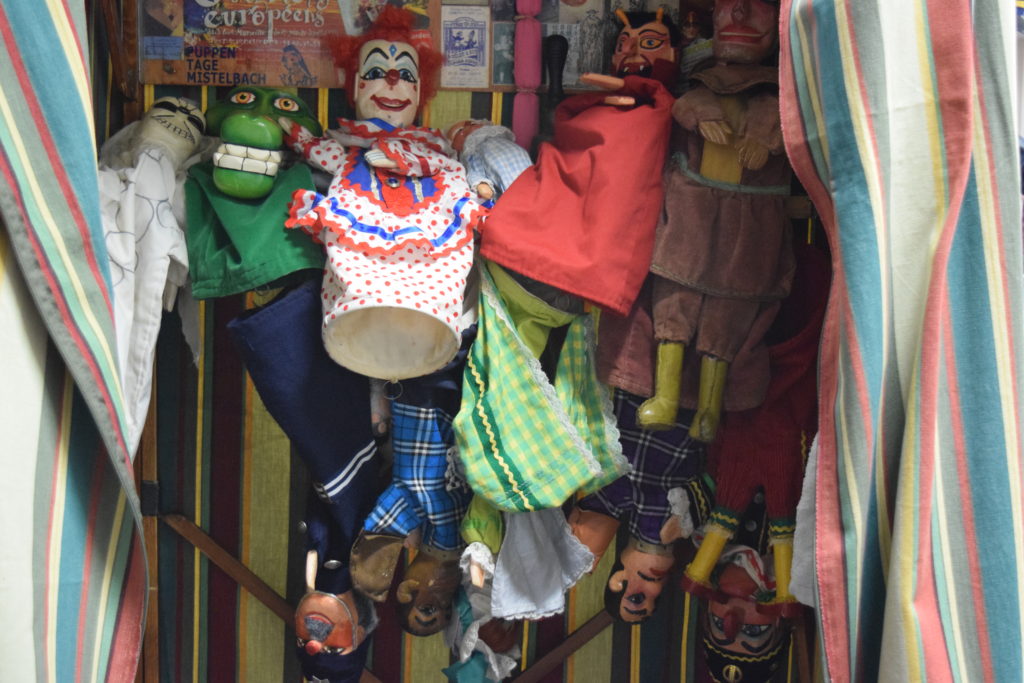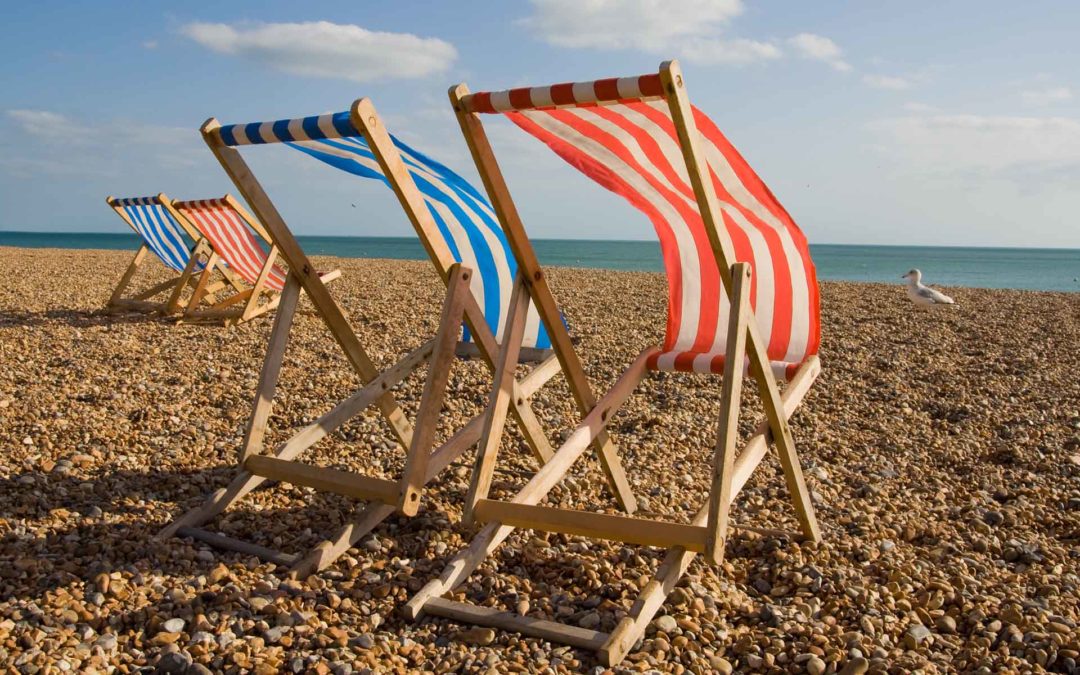 The IHR enjoys an associate fellowship connection with Historic England and this year we invited some of the Fellows from Historic England to deliver a lecture. The event was part of the Being Human Festival and a coincident exhibit was arranged in the IHR’s exhibit space in the Wolfson corridor.
The IHR enjoys an associate fellowship connection with Historic England and this year we invited some of the Fellows from Historic England to deliver a lecture. The event was part of the Being Human Festival and a coincident exhibit was arranged in the IHR’s exhibit space in the Wolfson corridor.
The lecture took place on Monday, 21 November, and it was a wonderful and well-attended evening. John Cattell spoke first, providing an overview of the work of Historic England. Allan Brodie then provided a visually stimulating talk on change to various aspects of seaside communities, their beaches, and waterfronts, accented with beautiful photographs, old and new. Brodie has already published books on English seaside resorts and on Blackpool and his new book on seasides and seafronts in England is well underway.
The lecture was followed by a seaside-themed reception, complete with fish and chips, cornish pasties, and samples of Caspyn Cornish gin. We were able to screen some lovely footage from the Wellcome Collection in the background, as well as tourism films from the mid-20th century, which aimed to entice visitors to seaside towns. Punch and Judy man, Professor Robert Styles, entertained and informed the guests at the reception. We watched as Robert set up his traditional Punch and Judy theatre and he then gave “backstage” tours, displaying a collection of puppets, including some antiques, and answered questions about the history of Punch and Judy.
The event also provided a launch of sorts for the associated exhibit, also titled By the Seaside. The exhibit covers fashion and morality at the beach; seaside cures; art, music and literature inspired by the seaside; the close connection of ice cream with the English beach; and beach photography and tourism materials. The central case displays a fantastic Edwardian bathing costume, on loan from IHR Wohl Librarian, Matthew Shaw. Kelly A Spring curated the excellent display on the history of ice cream, tracing the introduction of ice cream by Italian immigrants, and the early migration of that ice cream to the seaside.
The South East Archive of Seaside Photography (SEAS) kindly loaned us about 20 incredible framed tintypes and ambrotypes, portraits of couples and groups at the beach. The early beach photographer was itinerant and was perceived at the time as more vulgar salesman than photographer, regarded with at best indifference and frequently with contempt. The work produced by these practitioners has been readily dismissed as inartistic disposable wares – cheap seaside ephemera. These photographers provided while-you-wait ambrotypes (photographs on glass) or ferrotypes (photographs on enameled iron, commonly called tintypes) and these curated items provide an opportunity to reconsider the previous aesthetic, technical and cultural disregard with which they were treated. These also provide images of late 19th and early 20th English couples, friends, and families who might not have been able to afford studio portrait photography and who, therefore, are less often captured in photos.
I had a fascinating time assembling the other cases of the exhibit and was particularly intrigued to learn more about some of the habits and practices common to early beach tourism in England and about how these have changed. I had never been aware that the drinking of large glasses of seawater was a standard part of the seaside cure in the late 18th century. Some doctors felt it was acceptable to add milk to the salt water in order to make it – allegedly – more palatable. Seawater was even bottled and sold inland, much as spa water was then and still is. Measures of modesty and the measures used to enforce modest behaviour shifted dramatically over time. Some what surprisingly, it was entirely acceptable at some resorts for men to bathe naked up into the Victorian period, and regulations about gender segregated bathing fluctuated with time and geography. There is, of course, an element of the marketplace in all of these matters. Local governments and business-people used the need for modesty as an excuse for forcing bathers into rented bathing machines, tents, huts, and changing rooms.
Joe Acheson of Hidden Orchestra, and his publisher, Full Thought Publishing, kindly allowed us to set up a listening station at the exhibit, featuring Acheson’s Marconi and the Lizard EP. As Acheson explains: “Lizard Point is the most southerly point of the UK mainland. Radio pioneer Guglielmo Marconi built a hut there in 1901, to experiment with sending radio signals over longer distances – it was in that hut that the first ever ship-to-shore SOS signal was received. I spent a week there in August 2016, in the National Trust’s first ever sound artist residency. The “Marconi and the Lizard” EP is the result of that residency.”
We hope this will be the first in a series of annual events of this kind, in collaboration with Historic England and hope, as well, that you have a chance to visit the exhibit, which will be on in the lower ground floor of the IHR until early December.

